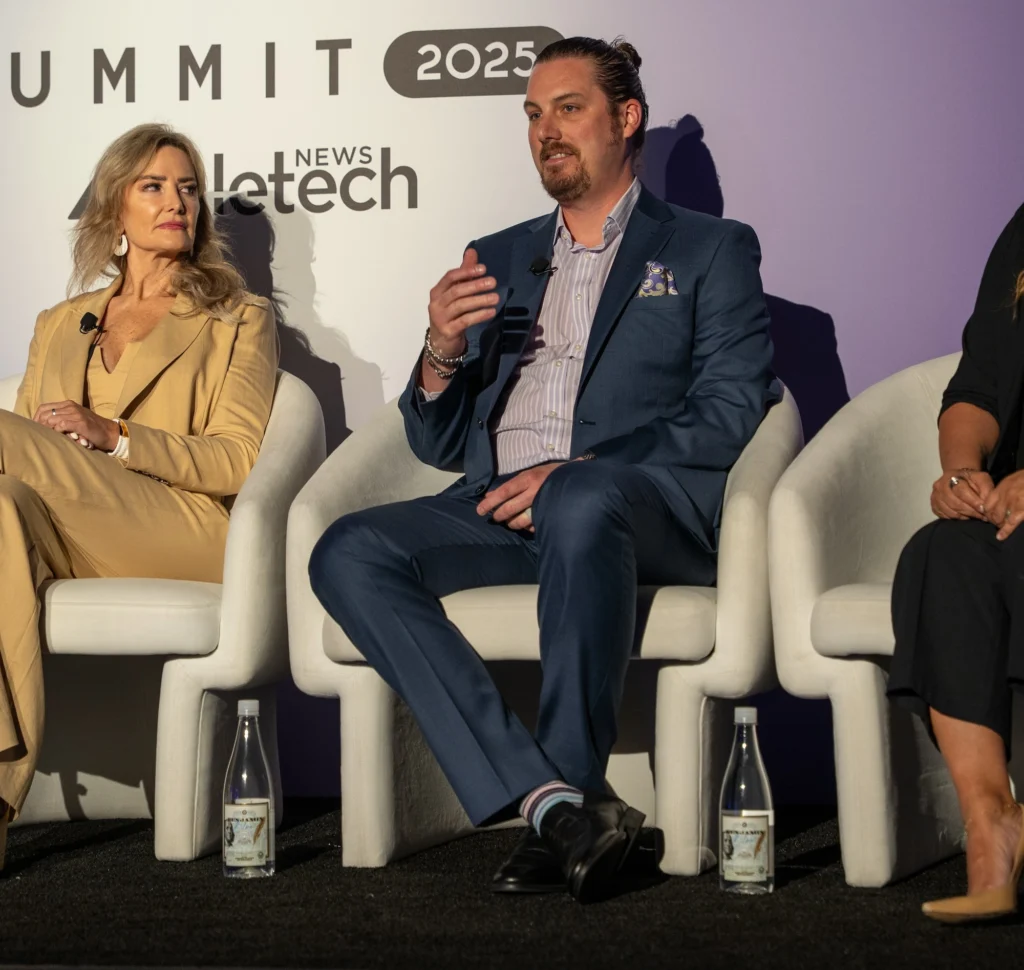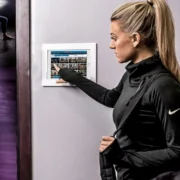To successfully integrate wellness and recovery modalities into a fitness space, operators must take member feedback into account, commit to education and ensure staff members are on board, execs say
Wellness and recovery services are increasingly being integrated into fitness facilities not just as perks, but as important components of a core business strategy.
At the ATN Innovation Summit 2025, industry leaders explored how operators are navigating the increasingly crowded world of recovery modalities, from cold plunges and halotherapy to red light therapy and bundled wellness programs.
The panel included Lisa Semerly, chief revenue officer at Halotherapy Solutions; Andy Dunn, senior director of wellness sales at Wellness JK; Nick Herrild, U.S. brand president at Anytime Fitness-Purpose Brands; and Ani Oksayan, vice president of fitness at Chuze Fitness. Brynn Scarborough, founder and CEO of Alchemy Leadership Lab, moderated the discussion.
Balancing Innovation & Practicality
Herrild spoke of the challenge of making decisions across a large network like Anytime Fitness, with over 2,300 locations. He noted the importance of pilot programs, and that the business model has to support a clear return on investment, ideally in six to twelve months.
“We always start with the consumer,” he said. “We want to make sure the modality connects to our brand and delivers measurable results.”
Dunn similarly highlighted the shift from operators dictating amenities to consumers driving demand.
“Cold plunges were fringe eight years ago,” he said. “Now, consumer interest is pushing brands to adapt, but not everything makes sense for every brand.”
Dunn also stressed the need to match offerings to the organization’s identity, budget and target audience before rolling them out more broadly.
Listen To Your Members
Oksayan described Chuze Fitness’ approach as one rooted in flexibility and careful evaluation. Chuze often pilots new services and adjusts based on performance and member feedback, Oksayan shared. She also underscored the importance of making amenities easy to access and understand.
“The fewer hoops a member has to jump through, the more likely they are to use and value the service,” she said.
Chuze has also experimented with bundling recovery services into upgraded memberships.
“It removes the burden from members having to decide what they want each time,” Oksayan explained. “Everything is included, and that simplifies things operationally as well.”
Education & Buy-In From Staff Are Critical
Semerly pointed out that halotherapy, though not new, has only recently gained broader traction in fitness spaces.
“It’s been around for decades, but operators are just starting to understand how it can support recovery and member retention,” she said.
A former spa operator, Semerly emphasized that implementation alone isn’t enough.
“You can’t assume a piece of equipment will generate interest on its own,” she explained. “It comes down to how well your staff understands and communicates its value. … Your team has to be bought in. We used to give a gift card to the staff member who sold the most halotherapy packages each month. It worked, not just because of the reward, but because it encouraged education and engagement.”

A key theme across the session was the role of internal training in making wellness and recovery services successful.
“The sale is only the beginning,” said Dunn. “You need ongoing education and support, not just for staff, but for franchisees and corporate teams too.”
He and Herrild both pointed to microlearning (short, repeatable training modules) as an effective way to keep teams up to speed without overwhelming them.
“You could have the ‘Fountain of Youth’ in your lobby, but if your team doesn’t know how to explain it, no one’s going to use it,” Semerly noted.



